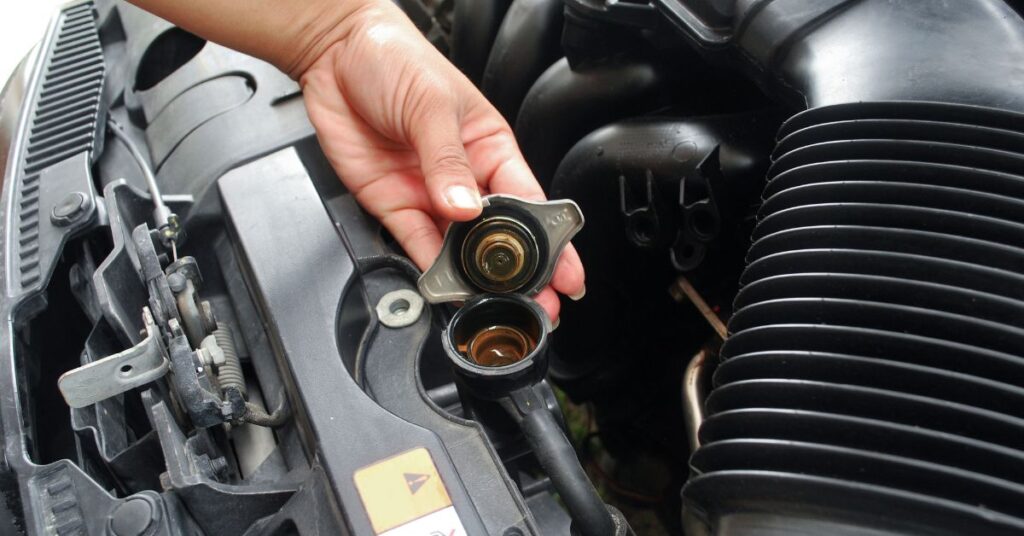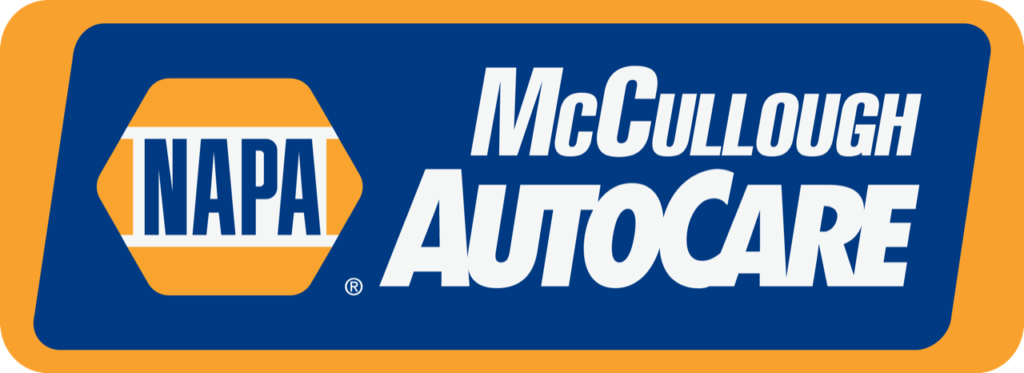
Table of Contents
The cooling system is the heart of your vehicle’s temperature regulation system and plays a critical role in ensuring your car runs smoothly and efficiently. However, like any other component of your vehicle, it requires regular maintenance and occasional repair. In this article, we’ll explore the signs that indicate your car’s cooling system needs service, discuss the importance of regular inspections, and highlight how McCullough NAPA’s maintenance plans can keep your vehicle in top condition.
How Often Should You Have Your Car’s Cooling System Inspected?
Maintaining your car’s cooling system is vital to its longevity and performance. Experts recommend having your cooling system inspected at least once a year, but adhering to a scheduled maintenance plan like McCullough NAPA’s 30k/60k/90k service intervals ensures optimal performance and reliability. These inspections can catch issues like leaks, rust, and blockages before they lead to more severe problems. Regular checks keep your cooling system functioning properly and enhance your vehicle’s overall health by ensuring all components work harmoniously together.
Common Signs Your Car’s Cooling System Needs Service
Identifying the signs that your cooling system needs service can significantly reduce the risk of engine damage due to overheating. Here are some indicators that your cooling system may require professional attention.
Overheating Engine
If your engine frequently reaches high temperatures or overheats, it’s a critical sign that your cooling system needs service. This issue can arise from various failures within the system, such as a clogged radiator that prevents coolant from circulating properly, a malfunctioning water pump that fails to pump coolant through the engine, or leaks that lower the coolant level dangerously. Overheating can cause significant damage to engine components like head gaskets and cylinders, potentially leading to expensive repairs. Immediate attention to cooling system repair is crucial to ensure your engine operates within safe temperature ranges and to prevent long-term damage.
Visible Coolant Leaks
Spotting pools of green, orange, or yellow fluid under your car when parked is a telltale sign that your cooling system is leaking coolant. This leakage could stem from various parts such as hoses, the radiator, or the water pump. Since coolant is essential for absorbing heat from the engine and preventing overheating, any sign of leaking coolant should be addressed promptly. Cooling system repair may involve replacing faulty hoses, sealing leaks, or overhauling damaged components to restore the system’s integrity.
Steam Coming from Under the Hood
Seeing steam or smoke from under the hood can be alarming and a significant indicator that your cooling system needs immediate service. This steam typically occurs when coolant heats to the boiling point due to the cooling system’s failure to dissipate heat adequately. Possible causes include a severe coolant leak, a broken radiator cap that fails to maintain the proper pressure in the system or a damaged radiator. Immediate cooling system repair is necessary to diagnose and rectify the source of overheating to protect your engine from heat damage and ensure safe vehicle operation.
High-Temperature Gauge Reading
When the temperature gauge on your dashboard consistently shows higher than normal readings, it indicates that your cooling system isn’t effectively regulating the engine’s temperature. This condition could be caused by insufficient coolant levels, a stuck thermostat that doesn’t open to allow coolant flow or a failing radiator that doesn’t cool the coolant as it should. Monitoring the temperature gauge can provide early warning signs that your cooling system needs service.
Low Coolant Level
A low coolant level indicates that your cooling system requires immediate attention. Coolant is the fluid that absorbs heat from the engine and dissipates it through the radiator. If your coolant level drops frequently, it could mean that there is a leak in the system. Consistently low coolant levels can lead to overheating and severe engine damage if not addressed promptly.
Schedule Cooling System Service With McCullough NAPA
Don’t wait for a breakdown to tell you your cooling system needs attention. Schedule a maintenance check with McCullough NAPA to ensure your cooling system is functioning properly and to catch any potential issues before they become costly problems. Our ASE-certified technicians are equipped to handle all your cooling system repair needs, ensuring your vehicle stays cool under pressure and runs smoothly.
FAQ About Your Car's Cooling System
Cooling system service typically includes checking the radiator, thermostat, and coolant levels. It also involves inspecting the hoses and belts for wear and tear, checking for leaks, flushing the coolant system, and replacing the old coolant with fresh coolant to ensure optimal engine performance and heat regulation.
It’s generally recommended to service the cooling system every 30,000 miles or according to the manufacturer’s guidelines. Regular checks help prevent overheating and other engine issues that could arise from cooling system failures.
The most common cooling system problem is leaks. Leaks can occur in the radiator, hoses, water pump, or within the engine itself, leading to a loss of coolant and inadequate cooling capacity, which can cause the engine to overheat.
Yes, cooling system service is crucial. It ensures that the engine maintains an optimal operating temperature, prevents overheating, and avoids severe engine damage, thereby extending the life of your vehicle.
Coolant needs replacing if it is discolored, contains particles, or is below the minimum level mark. Additionally, if your vehicle begins to run hotter than usual, or if you notice a sweet syrupy smell, these can be signs that the coolant is no longer effective and needs to be replaced.

